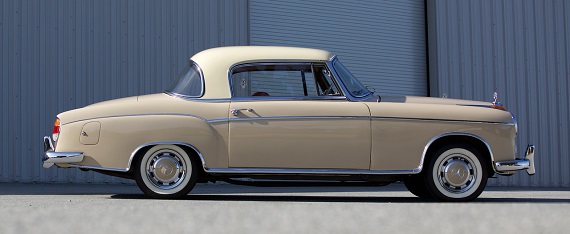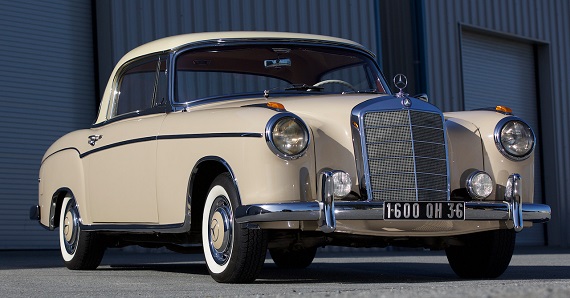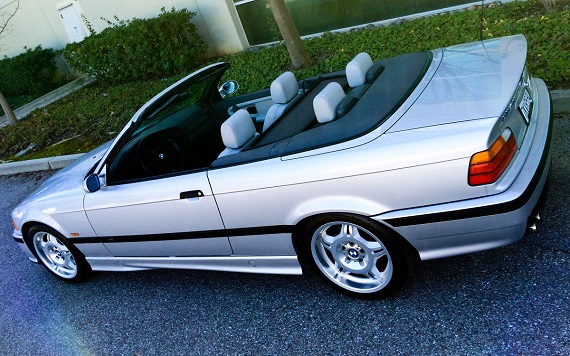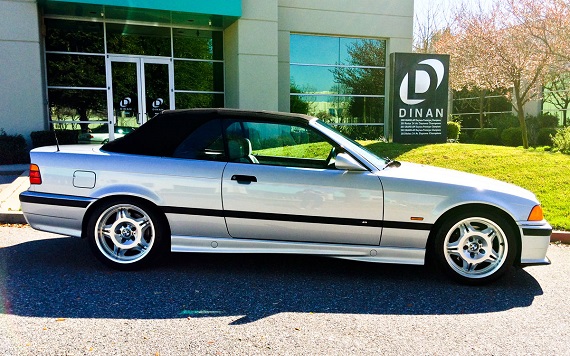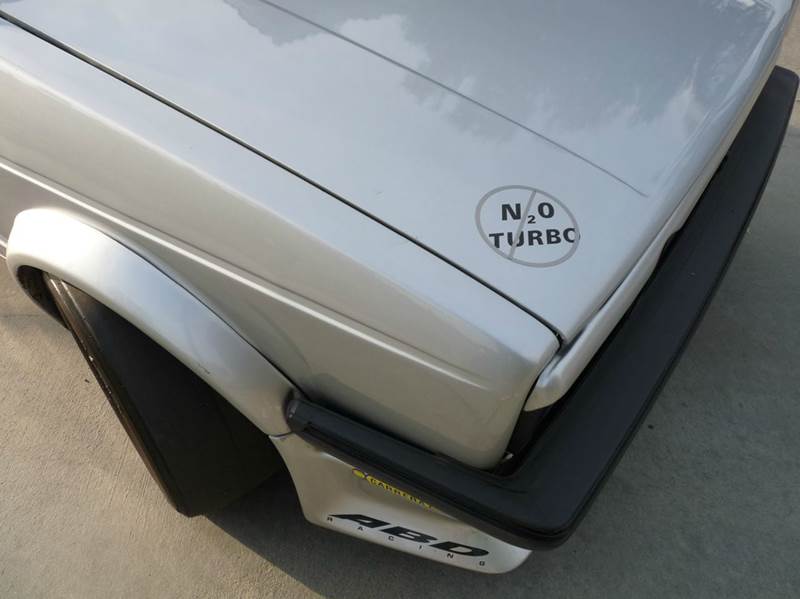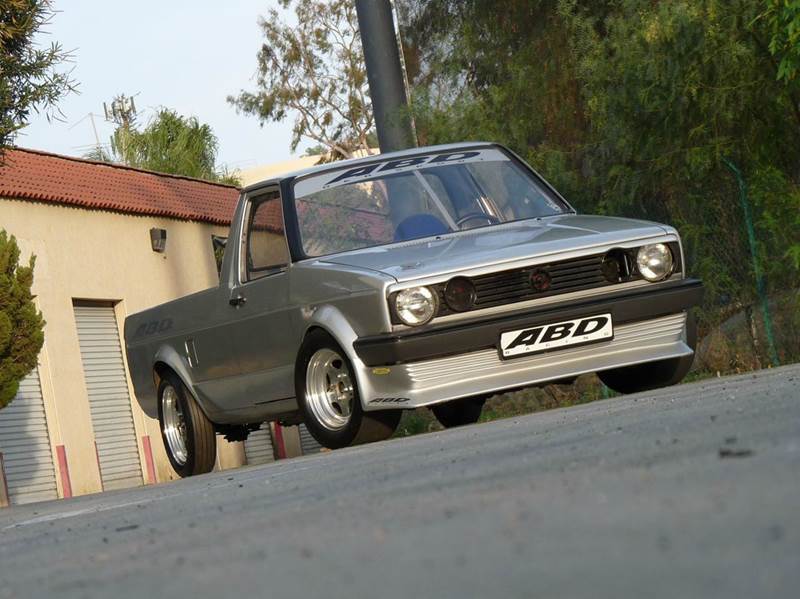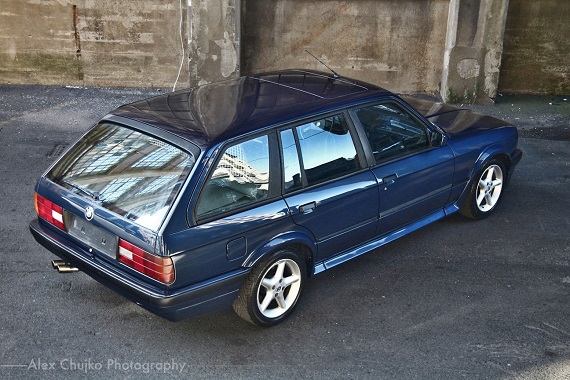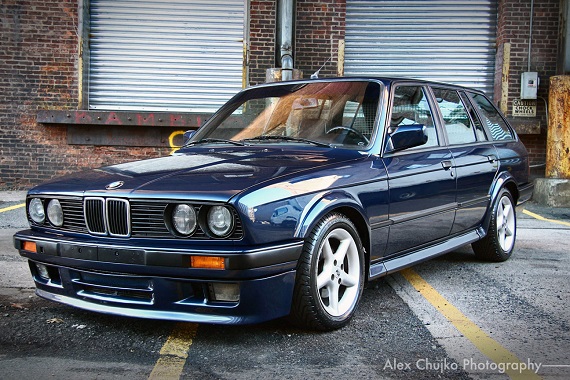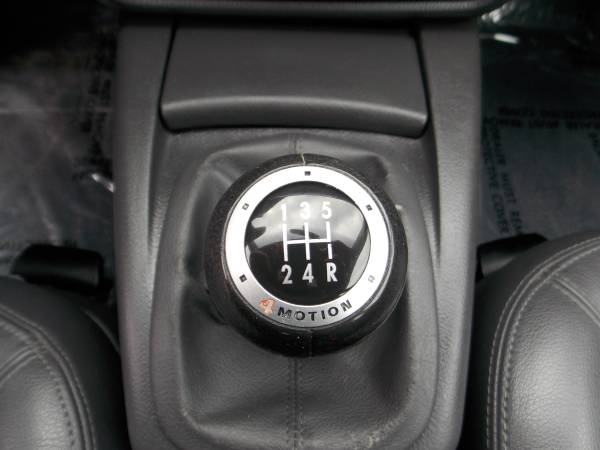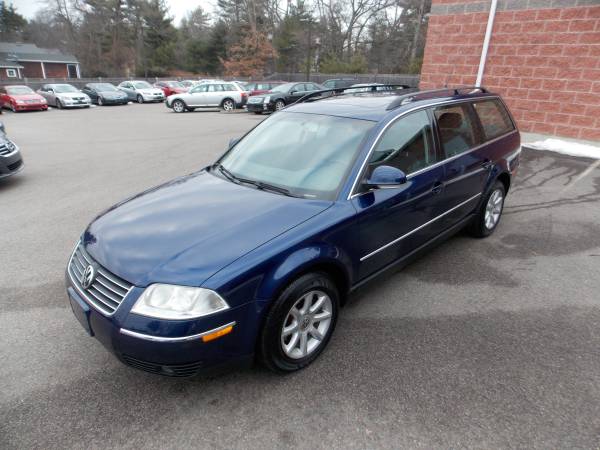Following World War II and the near complete destruction of the Mercedes-Benz production capacity, the company nursed itself back to life with the pre-War 170 model. Production of that model would pave the rebuilding of the Sindelfingen plant that would launch the company’s resurgence to the top of the market. The new ‘Ponton’ model would be introduced to the public in the fall of 1953 and would remain the bulk of production for the remainder of the decade. It would be available in an amazing sixteen different model configurations, ranging from 4-cylinder sedans to 6-cylinder cabriolets. The Ponton represented a technical leap forward from the company who had invented the automobile, with independent suspension and an available automatic clutch dubbed “Hydrak” being the big headlines. Mercedes-Benz also steadily improved the performance over the model run, and when it came to the 2.2 inline-6 in the 220S, dual Solex downdraft carburetors helped to develop over 100 horsepower. But it was style, not performance, that helped to set the Ponton models apart and especially in Coupe and Cabriolet form, they were special cars indeed:
Author: Carter
From a performance standpoint, the E36 M3 Convertible may not be the most desirable BMW product produced. However, if you’re able to back out that this won’t be a car dominating your local track days, the E36 Convertible does offer quite a bit of M-car magic for your money. True the U.S. spec E36 M3 was detuned and mass-produced, but it’s still a great looking, sounding and fun to drive car. Drop your prejudice, and the M3 convertible is a neat package in many ways – plus, it is one of the more affordable ways to get into a M3. This particular model is well equipped and neatly optioned with the forged Motorsport wheels and a host of recent Dinan upgrades:
CLICK FOR DETAILS: 1998 BMW M3 Convertible on eBay
5 CommentsWay back in time, before the proliferation of Instagram, Twitter and Facebook – indeed, before the Internet really got off its feet at all, dreams were made not with by-the-minute browser refreshes eagerly anticipating the next clever comment or picture of someone eating an avocado. If you weren’t actually traveling the automotive scene, you were totally reliant on your monthly delivery of new automobile magazines. In high school, I had at one point four different subscriptions and poured over the details of every single car that graced the pages of what was my Bible. But it was in the mid 1990s that I stumbled across a magazine that really spoke to me much more than the BMW-loving Car and Driver or the fairly vanilla Automobile; I found a copy of European Car. It was a complete revelation to me, to see the cars that not only I dreamt about but could actually afford parts for. Nearly as good, if not perhaps better, than the feature articles were the advertisements. The “Dr. Feelgood”s of the European tuner scene, companies like Techtonics Tuning and Total Audi Performance spoke to my specific needs in ways that the mainstream magazines couldn’t. And within those advertisements, one particular company became something of a legend among a small group of friends who all shared the enthusiasm for Volkswagens. That company was AutoBahn Designs, better known as ABD Racing – and what they had created was an absolute monster. In the days before the ubiquitous VR-swap for VWs, dropping a 16V into the nose of your car was about as hot as you could get. But ABD took that recipe to the next level with a custom-built 2.1 16V with massive compression and side-draft carburetors. But it was really what they put it in that set them apart, as ABD chose a Caddy for the massive build. The result, stripped out, painted up and dominating the import drag scene, still gives me goose bumps when I see it all these years later:
